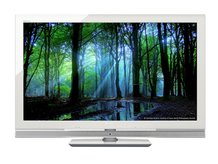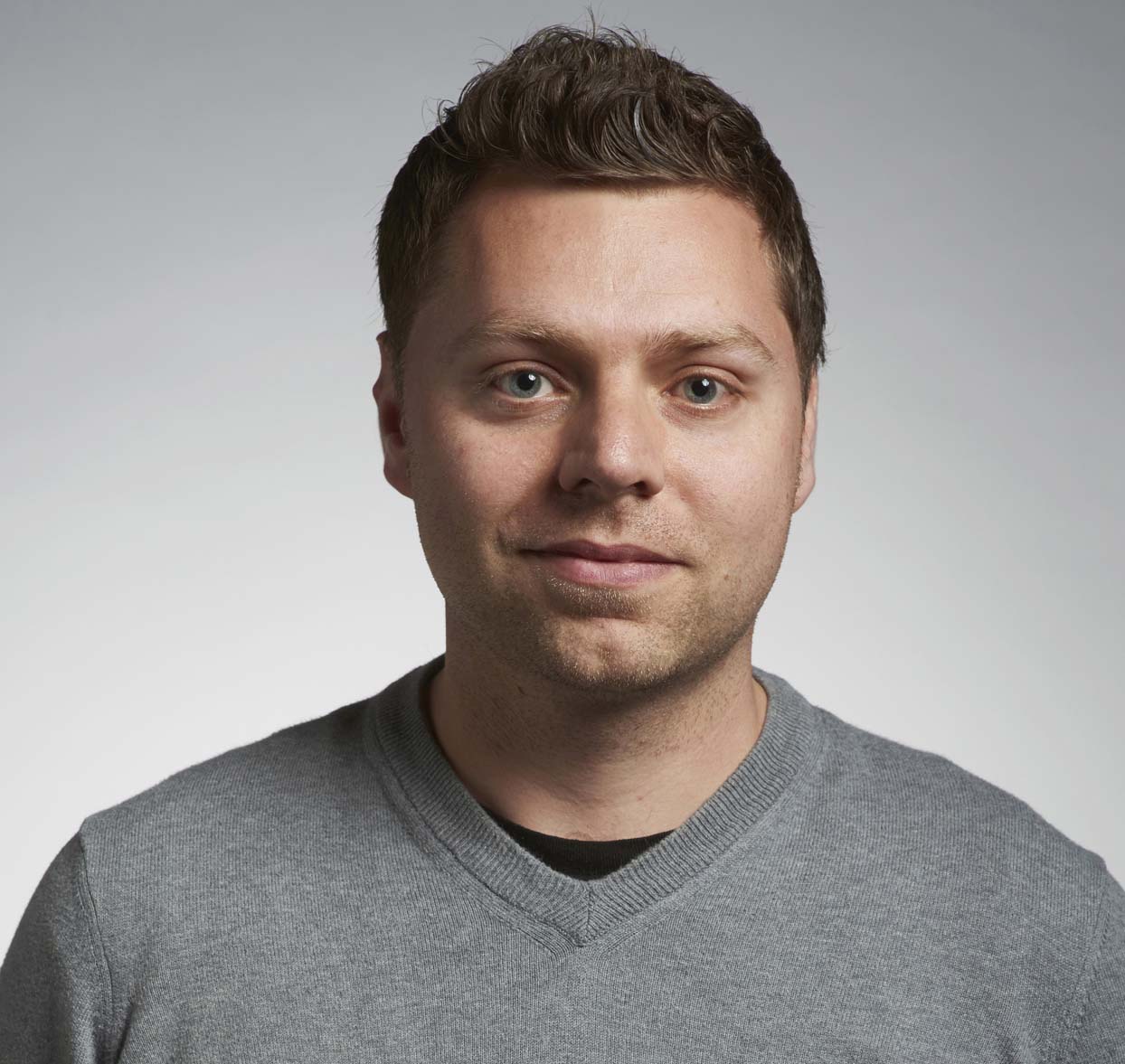Interview: Sony on the future of its TVs
Sony's Group Product Manager talks to TechRadar

TechRadar met up recently with Sony Group Product Manager, Darren Ambridge at the company's 2009 TV preview event and chatted to him about all things Sony.
At the event, Sony showcased its latest 'enhanced' versions of company's S, V and W range of TVs. Notable new features include Applicast connectivity via Ethernet for the V range upwards (this means web widgets on your TV) and MotionFlow 100Hz processing.
Here's what Ambridge had to say about the future of HDTVs, why the company isn't releasing a 3DTV just yet and what the truth is about those Neon rumours...
TechRadar: What have people's reactions been to the new Bravia ranges so far?
Darren Ambridge: Feedback has been really good. The fact that we got a really clear step up to the range is helping us.
I think people generally like logical ranges, so if you can give them this and tick all the right boxes, including screen sizes and technology, then buyers and consumers are happy.
We are really happy with the range we have got. The designs are sleek and there's some great wireless technology put into place.
Get daily insight, inspiration and deals in your inbox
Sign up for breaking news, reviews, opinion, top tech deals, and more.
In terms of wireless – everything from our V-Series up supports DLNA connectivity, and we have added video to it as well, so it is the first time you can stream video content and digital stills.
TR: Is internet connectivity the way forward for TVs?
DA: Sony really sees the television at the hub of people's entertainment and activities. One thing we are keen to promote is the wireless streaming of still images and things like that.
How many people do you know, who have a huge bank of images on their laptop, but they never show off their images?
So whether you are streaming your own content in the home or accessing content from the web, your television is the most obvious route to enjoy that content.
TR: What about web widgets on your TVs?
We're still developing the actual widgets as such. We have got some standard things like world clocks. The thing that is very interesting is the RSS feeds, so customers can enter up to 30 different feeds of their own choice.
Those that are familiar with RSS feeds on their PCs will know that the options are endless in terms with what content you want.
That is the key thing for web-enabled TVs, that people optimise them for their own interests, whether it's holiday destinations, their favourite sport or films for instance, it really is up for them to choose. Because it's open platform, we have made it very easy to use.
TR: Is this something that consumers have told you they want, or is this Sony trying to innovate?
DA: It is a bit of both really. Research has said that customers are using their TVs for more things like the internet.
I think that the success of the BBC iPlayer over the last 15 months has made people aware the kind of things they can enjoy through internet connectivity.
The challenge for Sony is to help open up the options for customers, and show them new things that may never have thought about enjoying through their TVs.
TR: Are consumers getting more technologically savvy now?
DA: We are always very keen to try and promote the benefits of the product as a whole and try and not make it too technology focused.
It's clear that there is a population of consumers out there that enjoys technology and enjoys reading up on the latest trends and researching, and while Sony is well-suited to customers like that, there's a whole lot of customers out there that don't want to understand the technology, but what they do want is great picture quality.
Marc Chacksfield is the Editor In Chief, Shortlist.com at DC Thomson. He started out life as a movie writer for numerous (now defunct) magazines and soon found himself online - editing a gaggle of gadget sites, including TechRadar, Digital Camera World and Tom's Guide UK. At Shortlist you'll find him mostly writing about movies and tech, so no change there then.
